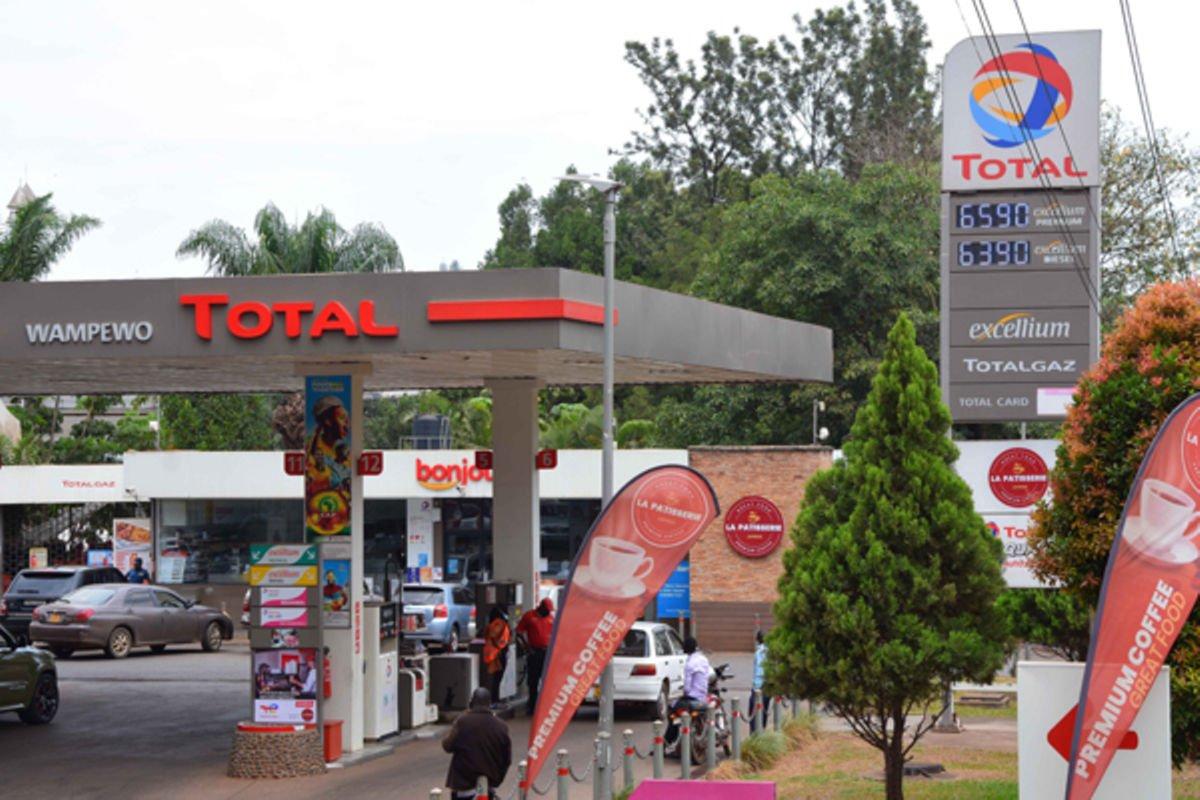Africa-Press – Uganda. As fuel pump prices continue to soar, a litre nearing Shs7,000, the Ministry of Energy has said it will continue to closely monitor the downstream—supply and distribution of petroleum products industry to ensure “a free and fair” competitive environment.
The ministry, according to documents seen by the Monitor, said the move will keep the supply side buoyant which will allow “the interplay of market forces of demand and supply on the pump prices” owing to among other factors, the global increase in prices of petroleum products.
The increase in global prices, the ministry maintains, was initially triggered by the post Covid-19 opening of the global economy which required much more products than suppliers could meet. This resulted in product scarcity and supply prices increased.
“The freight also increased due to the fact there was a high demand for ships yet during lockdowns, business was low and new ships were not being manufactured and some old ones that were no longer seaworthy could not sail. This has resulted in high freight costs,” a July 13 report signed off by junior Energy minister Peter Lokeris reads in part.
The report indicates that the Russo-Ukrainian conflict happening 4,663 miles away further affected the supply chain, resulting in high supply premiums since products from that region can no longer be accessed.
Then, the US dollar-Uganda Shilling exchange rate has also affected the process “tremendously” with oil marketing companies facing exchange losses.
As such, while prices of all products are high, Mr Lokeris noted that currently, the focus remains on sustaining supply to allow the market to continue to determine prices.
This line of thinking was reinforced on Tuesday by the assistant commissioner for petroleum supply in the ministry, John Friday while appearing on NTV-Uganda, a sister station to this newspaper, saying the sky-rocketing fuel pump prices have not reached a level to necessitate government intervention.
“The prices at the pumps today are relatively okay,” Mr Friday boasted.
Uganda is a net importer of petroleum products—diesel, petrol, and jet fuel—and since the early 1990s when the current government started implementing the Bretton Woods—World Bank and IMF— Structural Adjustment Programmes gospel of liberalisation and privatisation, the voluntary exchange and the laws of supply and demand have applied to the economy.
President Museveni, who during the 1980-1986 rebel war professed Marxist ideal, made a U-turn upon shooting his way to power and embraced capitalism which among others turned him into a darling of western powers. His predecessors, Apollo Milton Obote and Idi Amin did not last in power on account of opposing the same economic system.
Landlocked Uganda’s precarious situation is worsened by the government’s pedestrian attitude towards rail and water transport, proven as the cheapest means of transport followed by road and air transport. The derelict rail and water transport infrastructure bear the lasting vestiges of their former commercial success.
Uganda has an oligopolistic petroleum market structure, with two dominant players—Vivo Energy and TotalEnergies, and several run-of-the-mill players.
Currently, 80 percent of the petroleum products consumed are supplied through the Kenya route, Uganda’s gateway to the sea mainly by road, using the Open Tender System (OTS) which Kampala joined in 2011 after back and forth engagements with Nairobi.
About 20 percent of petroleum products are hauled into the country via the Central Corridor through Tanzania.
Mr Lokeris said they are encouraging Ugandan oil marketing companies to embrace the Tanzania route “to reduce risks associated with supply disruptions.”
Following Tanzania’s President Samia Hassan Suluhu’s state visit in May, Dodoma agreed to start charging $10 (about Shs38,000) per 100 kilometres on Ugandan-bound cargo trucks plying the 1,485km Mutukula-Dar-es Salaam route from July 1st up from $16 (about Shs61,000), the levy as fees collected for road repairs and maintenance.
KENYA ISSUE
The current fuel crisis, which was set in motion in January, was exacerbated when in April Kenya introduced changes in capacity sharing with her landlocked neighbours by decreeing that local oil marketing companies are required to declare 60 percent of all imported petroleum products for local consumption, and 40 percent to transit.
This meant two things; the Kenya Pipeline Company had to ensure that all pumpable stock within its system adheres to the 60:40 local to transit guidelines, while Kenyan oil marketing companies with higher transit stocks than in the new guidelines had to localise it immediately. This move, officials say, affected Kenyan oil companies doing business in Uganda.
Even after subsequent discussions, following protests by Kampala, the Nairobi government changed the capacity sharing ratios marginally; from 60:40 to 55:45.
The Ministry of Energy also insists that the country “has not reached stock-out levels.”
Kenya and Tanzania have since applied fuel subsidies to cushion their taxpayers from the erratic pump prices.
For More News And Analysis About Uganda Follow Africa-Press






